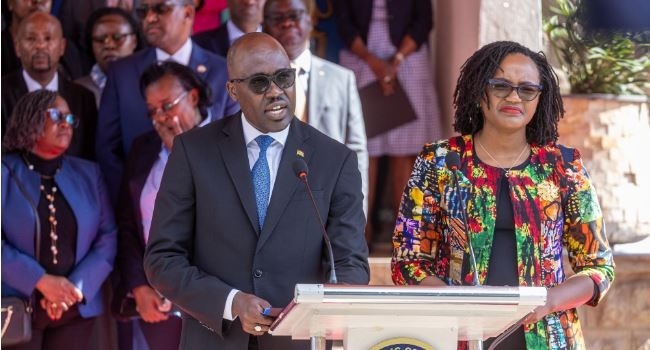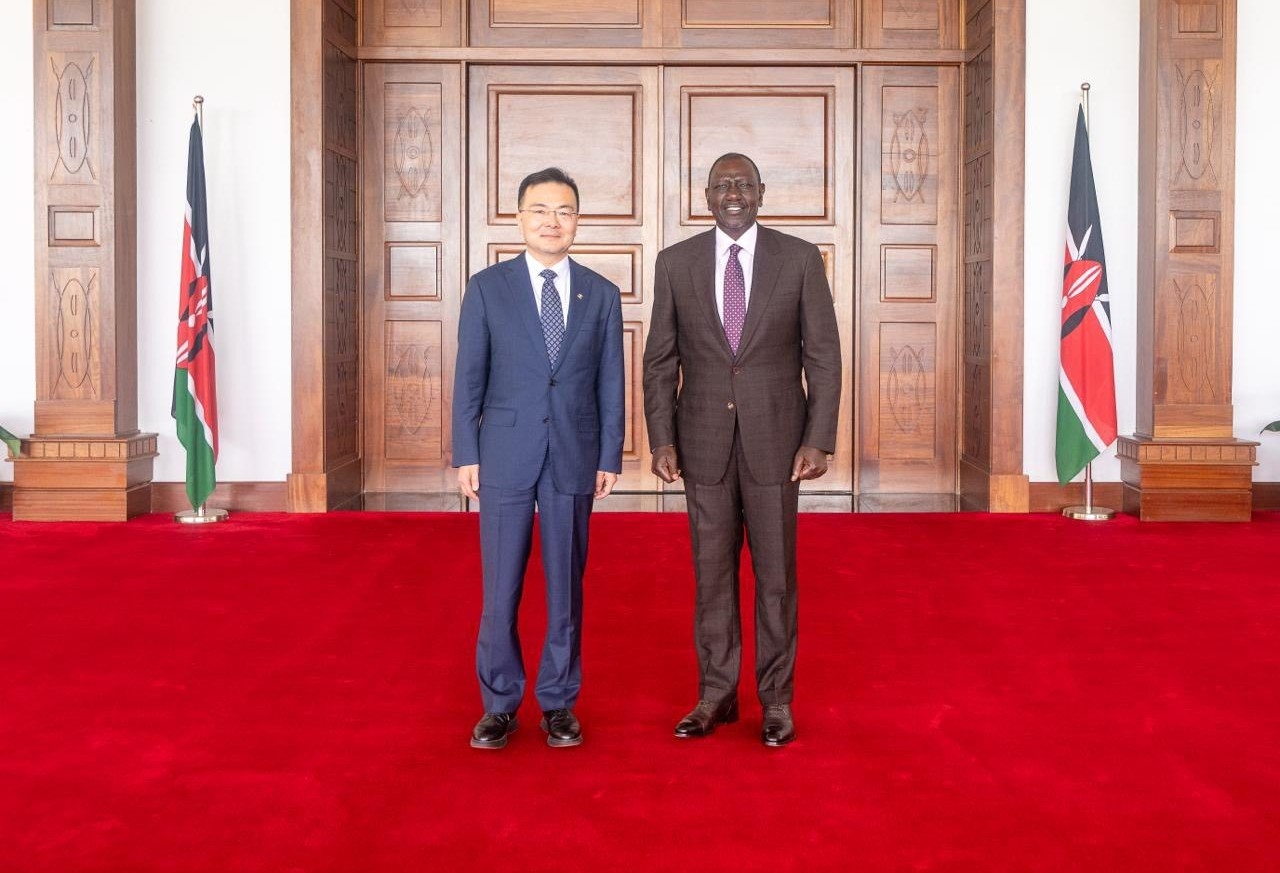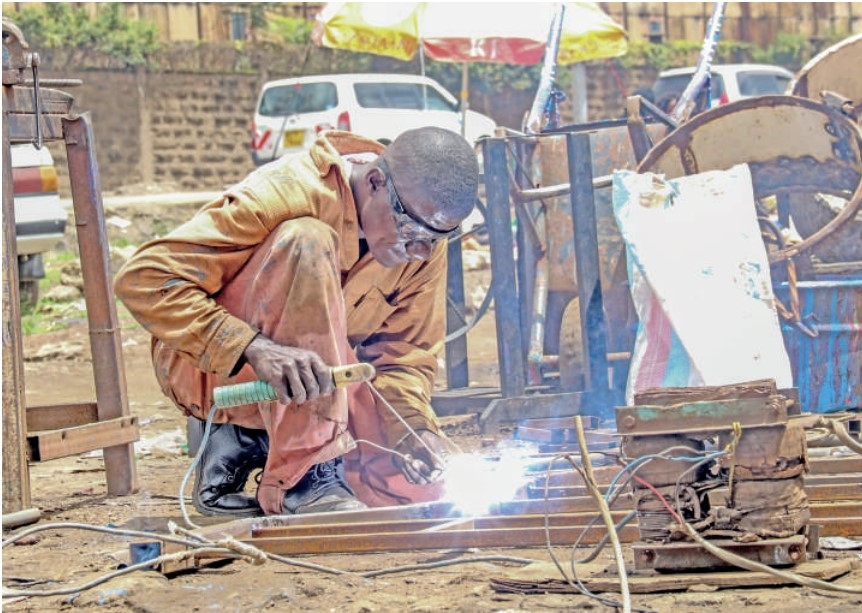

A debate,
which crops up regularly in Kenya, revolves around the wealthy city-state of
Singapore.
The lament, which invariably rises can be summarised as follows: at the time Kenya gained independence in 1963, Singapore was a poor country with an agrarian economy just like Kenya.
So why is it that Singapore is now a rich industrialised nation, while Kenya – 60 years after independence – remains a poor country with a mostly agricultural economy?
In short, why can’t we be like Singapore?? Or at least, be the next Singapore?
Well, my intention here is not to answer this question, but rather to pose a different question; one, which I think, has more short-term relevance to Kenya, than any long-term dreams of becoming a newly industrialised country.
My question is, why not aim at being the next Iceland instead?
To explain how I arrive at this question, I must go back about 12 years, to a time when I attended a mining conference in Australia, as a guest of the Australian government.
And in discussion with one of the experts I met there, I was proud to inform him that Kenya had managed a very successful entry into the industrial mining sector after decades of purely artisanal mining.
For much of what I had read about mining in Africa amounted to horror stories: environmental degradation on an epic scale; the use of what amounted to slave labour, as well as child labour; militias fighting over the mineral-rich zones of their countries; and so on.
But in Kenya there had been an orderly lease of what was previously agricultural land by the Australian mining investor, Base Titanium; poor farmers had prospered thanks to the payments made for the lease of their land; the government was receiving royalties as per the contracts signed with Base Titanium; and land which had ceased to have extractable titanium-bearing sands, was restored to its original state.
My new friend was not at all impressed. And he turned out to be better informed about Kenya than I had imagined.
In his view, Kenya’s most valuable natural resource that was to be found underground – and which was infinitely more valuable than Titanium – was its geothermal power potential centred in Olkaria.
He explained that Kenya barely used 10 per cent of its geothermal power generation potential. And that this cheap and sustainable source of electricity, if properly exploited, could open the doors to the industrialisation, which Kenyans dreamed of.
He gave the example of Iceland, which although not possessing any bauxite of its own, through exploitation of its geothermal resource, provided a cheap source of the large quantities of electricity needed to smelt aluminium.
So much so that aluminium production was a major industry in Iceland with the raw alumina coming to Iceland from as far as Australia and South America.
The lesson we could learn from Iceland then, was that if you can generate lots of cheap electricity, you can definitely find those who will set up industries, which need such electricity.
Geothermal power – in this expert’s view – would ultimately provide much greater economic growth than anything we had seen from the Kwale county titanium extraction. And that it would also last longer, as the potential of geothermal power was virtually inexhaustible.
Back in Kenya I wrote all this up and argued for an immediate expansion of our geothermal power production. And over the years I returned to this theme over and over again, whenever Kenya’s prospects for industrialisation were being discussed.
But
there was more good news yet to come.
Attending a one-day seminar sponsored by the Embassy of Japan, right here in Nairobi, I was to learn that the steam turbines and generators installed at Olkaria right at the start of the establishment of geothermal power production on that site, had by then been in use for about 34 years.
And with a bare minimum of maintenance, these heavy machines supplied by the Toshiba Corporation of Japan, had been in continuous use all that time, and were expected to continue functioning for many years yet to come.
In other words, geothermal power production was a truly cost-effective option for generating the kind of electricity needed to take Kenya on the journey to industrialisation.
With this in mind, when I hear my fellow Kenyans say, “Let us try to be like Singapore”, my immediate thought is, “Let us first try and be like Iceland. And then, once we have abundant, cheap, locally generated electricity, we can set our sights on becoming the next Singapore.”


















